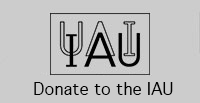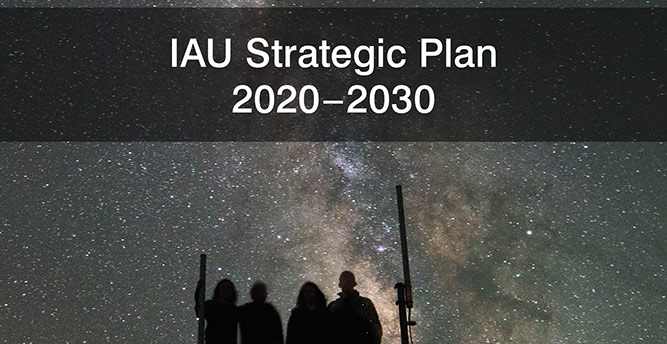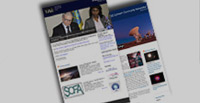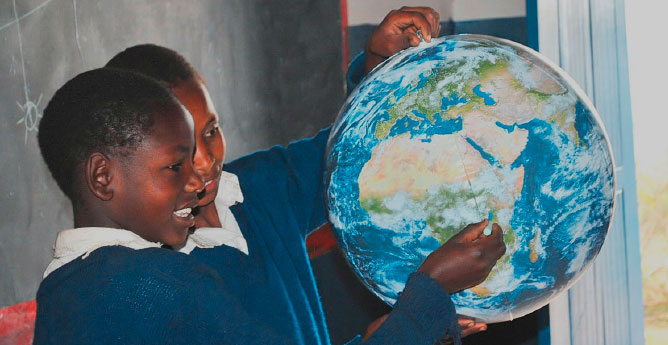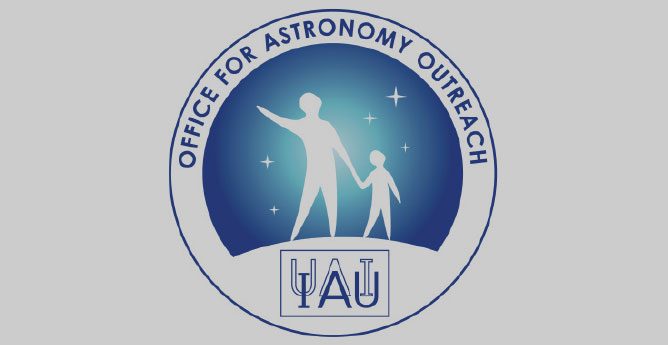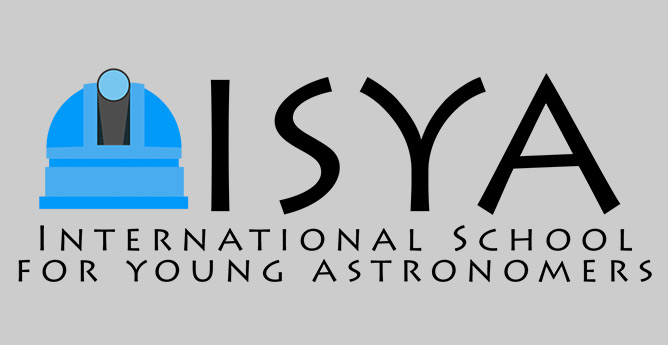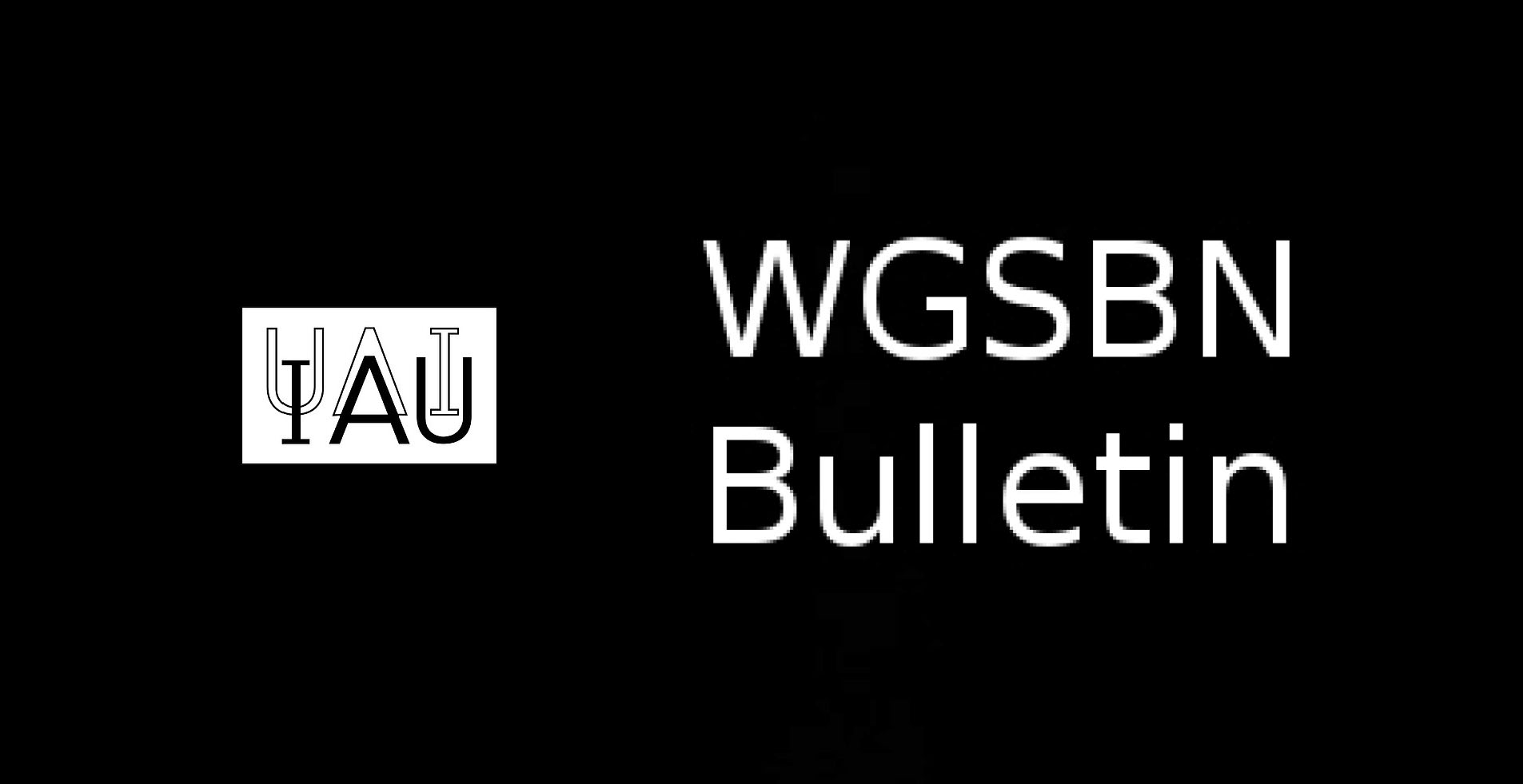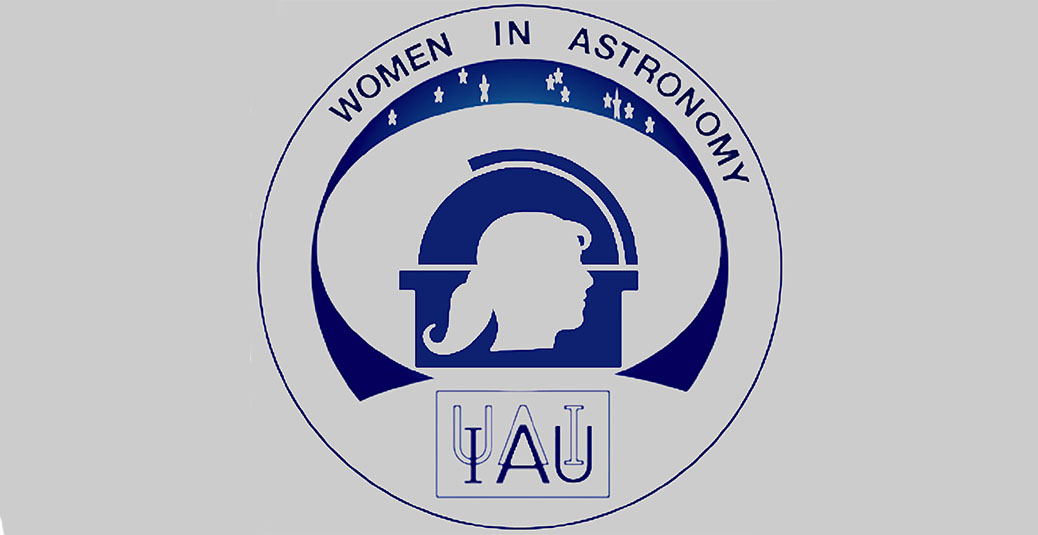- News
- Science
- Scientific Bodies
- Divisions
- Commissions
- Commission A1 Structure
- Commission A2 Structure
- Commission A3 Structure
- Commission A4 Structure
- Commission B1 Structure
- Commission B2 Structure
- Commission B3 Structure
- Commission B4 Structure
- Commission B5 Structure
- Commission B6 Structure
- Commission B7 Structure
- Commission C1 Structure
- Commission C2 Structure
- Commission C3 Structure
- Commission C4 Structure
- Commission C5 Structure
- Commission D1 Structure
- Commission E1 Structure
- Commission E2 Structure
- Commission E3 Structure
- Commission E4 Structure
- Commission F1 Structure
- Commission F2 Structure
- Commission F3 Structure
- Commission F4 Structure
- Commission G1 Structure
- Commission G2 Structure
- Commission G3 Structure
- Commission G4 Structure
- Commission G5 Structure
- Commission H1 Structure
- Commission H2 Structure
- Commission H3 Structure
- Commission H4 Structure
- Commission J1 Structure
- Commission J2 Structure
- Commission J3 Structure
- Commission X1 Structure
- Commission X2 Structure
- Past Commission Organising Committees
- Working Groups
- Centres
- Scientific Meetings
- Rules & Guidelines
- General Assemblies
- Meeting Proposals
- Future IAU Meetings
- General Assemblies
- EC Meetings
- Officers' Meetings
- Regional Meetings
- Symposia
- Focus Meetings
- Institutional Meetings
- IAU Offices Meetings
- IAU-Sponsored Meetings
- Letters of Intent submitted for 2024
- Letters of Intent submitted for 2023
- Letters of Intent submitted for 2022
- Letters of Intent submitted for 2021
- Letters of Intent submitted for 2020
- Past IAU Meetings
- Templates
- Other Meetings
- Grants & Prizes
- Scientific Bodies
- Publications
- IAU Publications
- IAU Strategic Plan
- Symposia
- WGSBN Bulletins
- Regional Meetings
- Information Bulletins/Catalyst
- E-Newsletters
- Focus Meetings
- Transactions A
- Transactions B
- Related Publications
- GA Newspapers
- CAPjournal
- IAU Books
- Brochures
- IAU Offices
- WG Reports
- Commission Reports
- Division Reports
- Past IAU Publications
- Rules, Guidelines and Instructions for Proceedings
- Publishers
- IAU Publications
- Administration
- About the IAU
- Statutes & Rules
- IAU Policies
- IAU Executive Bodies
- IAU Secretariat
- Resolutions
- Members Administration
- Administrative Dates & Deadlines
- International Organisations Relations
- Donate to the IAU
- Training in Astronomy
- Astronomy for Education
- Astronomy for Development
- Astronomy for the Public
- Office for Astronomy Outreach
- FAQ
- Themes
- Satellite Constellations
- Astronomy in Everyday Life
- How to Report a Discovery
- Careers in Astronomy
- Defining our Place in the Cosmos
- The Constellations
- Light Pollution
- Measuring the Universe
- Near Earth Objects
- How to Participate in Astronomy Research
- Naming of Astronomical Objects
- Naming of Exoplanets
- Buying Star Names
- Naming Stars
- Pluto and the Solar System
- IAU Member Statistics
- Our Moon: the Moon
- Meteors & Meteorites: The IAU Definitions of Meteor Terms
- UNESCO-IAU Portal to the Heritage of Astronomy
- Social Media
- Past Events
- Call for Online Resources
- Astronomy@Home Awards
- Contact
IAU Focus Meetings (GA)
FM 2: Astronomical Heritage: Progressing the UNESCO-IAU Initiative
Start date/time
August 11, 2015
End date/time
August 13, 2015
Place
Honolulu,
United States
Contact
Clive Ruggles
rug@le.ac.uk
Coordinating Division
Division C Education, Outreach and Heritage
Other Divisions:
B
Co-Chairs of SOC:
Clive Ruggles (University of Leicester)
Anna Sidorenko-Dulom (UNESCO World Heritage Cen)
Topics
- The implementation of the Astronomy and World Heritage Initiative: achievements, issues and prospects
- What makes astronomical heritage valuable? Issues in identifying potential Outstanding Universal Value in cultural properties relating to astronomy
- Dealing with movable and intangible heritage in a World Heritage framework
- Establishing the credibility of archaeoastronomical sites
- Recognizing the twentieth-century heritage of astronomy
- Preserving dark skies and protecting against light pollution in a World Heritage framework
- The “Route of astronomical observatories” project: classical observatories from the Renaissance to the rise of astrophysics
- The “Odyssey of human creative genius” project: technological heritage connected with space exploration
- The “Windows to the Universe” project: protecting the world’s leading optical observatories
- Hawaiian and Polynesian cultural heritage relating to astronomy
Rationale
Background
The Memorandum of Understanding between UNESCO and the IAU, whereby the two bodies undertake to work together to implement UNESCO’s Astronomy and World Heritage Initiative, was first signed in 2008 and was renewed in 2013. Since 2008 the IAU has played a vital role in a wide range of activities, coordinated up to 2012 through its Working Group on Astronomy and World Heritage and during the 2012–15 triennium directly under the auspices of Division C. The SOC co-chairs have been responsible throughout for coordinating the Initiative from the IAU and UNESCO sides.
The main deliverables to date have been the Thematic Study on the Heritage Sites of Astronomy and Archaeoastronomy (2010) and the Astronomical Heritage Web Portal. The Thematic Study, developed by the IAU in collaboration with UNESCO’s independent advisory body, ICOMOS, presents an overall vision of astronomical heritage through a wide range of case studies and helps to establish criteria by which World Heritage List nominations relating to astronomical heritage sites can be judged. The “Portal to the Heritage of Astronomy” is a dynamic, publicly accessible database, discussion forum, and document-repository on astronomical heritage sites throughout the world, directly linked to UNESCO’s World Heritage Centre website. By the time of this meeting a second Thematic Study will have been published, addressing, through a number of extended case studies, key issues such as the protection of dark skies.
Scope
The bulk of the proposed sessions and topics within this focus meeting fall into two categories: those dealing with broad questions in the assessment of astronomical heritage (T2–T6); and progress and issues with projects focusing on particular potential nominations (T7–T9). T1 addresses issues in the implementation of the Initiative itself, while T10 is of particular interest given the importance of the Hawaiian Islands’ heritage with regard to both modern and ancient astronomy, the involvement of the Mauna Kea Observatory in the “Windows to the Universe” project, and the expected publication, by the time of the GA, of at least three major new works relating to Hawaiian cultural astronomy.
Certain issues, such as authenticity and integrity—of vital interest, for example, to modern observatories seeking assurance that heritage recognition would not in any way compromise their continuing ability to do cutting-edge science—and conservation and management issues, will enter into most or all of the different topics. Broad questions can often be addressed most clearly through relevant case studies, whether or not the sites concerned are on the World Heritage List or a national “Tentative List”.
Participation
Given that the Astronomy and World Heritage Initiative is a collaboration between the IAU and UNESCO, this meeting will have a substantial input from non-IAU members who represent UNESCO and its Advisory Bodies (ICOMOS for cultural sites and the IUCN for natural sites) as well as other international organisations involved in its implementation such as the Starlight Initiative and COSPAR (for space technology heritage). We also plan to include representatives of, and/or members of UNESCO’s Steering Group of National Focal Points officially designated by, States Parties involved in the implementation of the Initiative.
In addition to Ms Sidorenko-Dulom, three of our SOC members are non-IAU members:
- Michel Cotte (France), Senior advisor to ICOMOS on science and technology heritage
- Cipriano Marín (Spain), Co-ordinator of the Starlight Initiative
- David Welch (Canada), Chair of the IUCN's Dark Skies Advisory Group
Invited speakers from outside the IAU will include
- Dr Mechtild Rössler (Germany), Deputy Director (Programmes) at the UNESCO World Heritage Centre
- Prof Christina Cameron (Canada), Professor of Built Heritage at the University of Montreal and past President of the World Heritage Committee
- Prof. Rubellite Johnson (USA), Emeritus Professor of Pacific Languages at the University of Hawai‘i, Manoa, a native Hawaiian and a leading expert in Hawaiian cultural astronomy
- Mr Gabriel Rodriguez (Chile), Director of the Division of Energy, Science, Technology, and Innovation, Chilean Foreign Ministry
Context
It is anticipated that this focus meeting will run in tandem with (i) a meeting of UNESCO’s Steering Group of Focal Points nominated by UNESCO Delegations to oversee the implementation of the Astronomy and World Heritage Initiative in their own countries, and (ii) an inaugural meeting of the International Steering Committee on Astronomical Heritage (ISCAH), set up jointly by ICOMOS and the IAU, which will be responsible for formulating policy in the assessment of various types of astronomical heritage.
